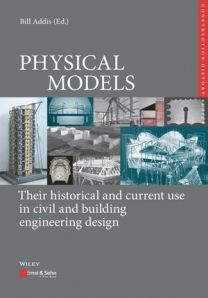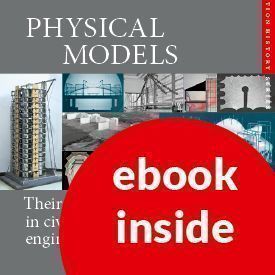Description
For over 250 years, civil engineers and architects have been working with scale models. Alongside numerical engineering methods, model tests are still used today. For the development of civil engineering, they are just as important as scientific theories.
About the author
Bill Addis (born in 1949), the author of several chapters in the book, and overall Editor, studied engineering sciences and philosophy at the University of Cambridge before working as an engineer in the aerospace industry. He later spent over 15 years in the Department of Construction Management at the University of Reading, and then 15 years as a consulting engineering with the firm Buro Happold in London. He developed his interest in building and civil engineering history, and in the use of model testing during five decades, including work on his doctorate on the history and philosophy of engineering. He has written several books and over a hundred academic papers on the history of building engineering and construction, and has recently been enjoying lecturing and research as a visiting professor in universities in Rome, Innsbruck, San Sebastian, Zurich, Brussels and Munich. He worked for more than 15 years in the academic world, as well as over 15 years with an international firm of consulting engineers.



